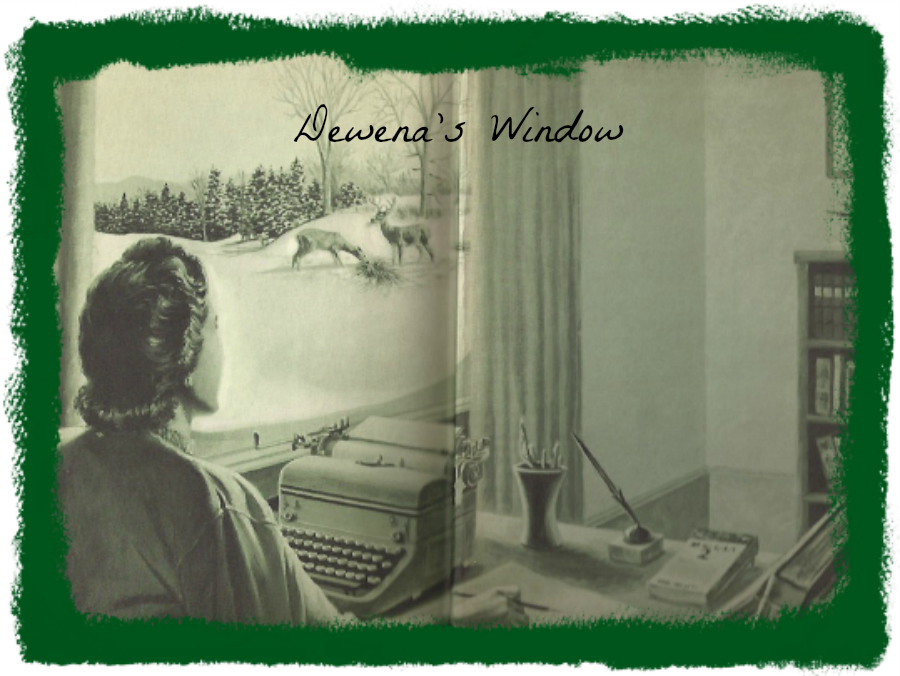[Jan Karon's Mitford Cookbook & Kitchen Reader]
Plans are moving ahead for the wedding of Jan Karon's Father Tim and Cynthia. Hessie Mayhew is ready to raid the gardens and byways of Mitford for her floral arrangements.
The whole parish is pitching in to make the wedding perfect for their, and our, beloved Father Tim and his fiancé Cynthia.
"And what," inquired Hessie, "are you
planning to do, Father,
other than show up?"
"I'm doing the usual," he said…
I'm baking a ham!"
[from Jan Karon's A Common Life]
[from Jan Karon's Mitford Cookbook & Kitchen Reader]
A picture is worth a thousand words, dear reader and dear husband. There it is in the picture above, the ham mahogany red--not pink. Father Tim says so.
Author Frances Gray Patton said so in my previous post and my next post will include more proof from one of my favorite Southern cookbook authors.
Below is Father Tim's recipe:
Father Tim's Baked Ham
[from Jan Karon's Mitford Cookbook & Kitchen Reader]
Vegetable oil for greasing the pan
1 cup brown sugar
1/2 cup molasses
1/2 cup bourbon
1 cup orange juice
2 tablespoons Dijon mustard
1 tablespoon whole cloves
1 (6 to 8 pound) smoked ham
Preheat the oven to 350 degrees F. Lightly grease a large baking dish and set aside.
Combine the brown sugar and molasses in small saucepan and melt over low heat.
Remove from the heat, add the bourbon, orange juice, mustard, and cloves and mix well.
Remove the skin and fat from the ham and place in the baking dish.
Make 1/4-inch cuts in the ham in a diamond pattern. Pour the glaze over the ham.
Bake for 2 to 2 1/2 hours, or until an instant-read thermometer inserted into the thicker portion
of the ham registers 140 degrees F, basting every 15 minutes with the glaze.
Remove the ham from the oven and cool in the pan. Remove from the pan and refrigerate.
Pour the pan drippings into a bowl and refrigerate. When ready to serve the ham, remove
the fat from the top of the drippings, remove the whole cloves, warm it up, and serve it with the ham.
If you're a Jan Karon and Mitford fan, this cookbook brings to life all the delicious food in her novels. I love what Karon ends her introduction with:
"Draw close.
Hold hands.
Life is short.
God is good."
Amen--regardless of how you like your ham!












































